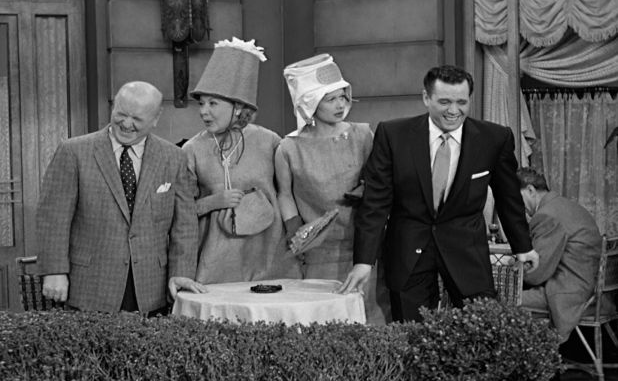
When I Love Lucy first premiered in 1951, few could have predicted the monumental impact it would have on television and comedy as a whole. Over six unforgettable seasons, Lucille Ball and her co-stars crafted a series that not only redefined sitcoms but also left a lasting legacy that continues to entertain audiences more than seven decades later. This article takes a closer look at the journey of I Love Lucy through its six iconic seasons, highlighting the show’s evolution, memorable moments, and the timeless humor that made it a classic.
Season 1: Setting the Stage for Comedy Gold
The debut season of I Love Lucy introduced viewers to the lovable Ricardo family — Lucy, her bandleader husband Ricky, and their best friends Fred and Ethel Mertz. From the very first episode, audiences were captivated by Lucy’s wild schemes and desperate attempts to break into show business, much to Ricky’s chagrin. The chemistry between Lucille Ball and Desi Arnaz was electric, combining slapstick humor with witty dialogue. Classic episodes like “The Benefit” and “Lucy Thinks Ricky Is Trying to Murder Her” set the tone for the series’ blend of physical comedy and heartfelt moments.
Seasons 2 and 3: Expanding the Laughs and Experimenting with Formats
The second and third seasons saw I Love Lucy hitting its stride with some of the most memorable episodes in television history. The iconic “Vitameatavegamin” commercial, where Lucy hilariously struggles through a TV ad while getting increasingly drunk on a health tonic, remains one of the most celebrated comedy scenes ever filmed. These seasons also explored various comedic setups — from Lucy trying to take dance lessons to the famous “Job Switching” episode where Lucy and Ethel swap household roles with their husbands, resulting in uproarious kitchen chaos. The show’s formula of combining physical comedy with relatable domestic situations continued to win over viewers week after week.
Seasons 4 and 5: New Chapters and Emotional Depth
As the series progressed into seasons four and five, I Love Lucy began exploring new territory. With Lucille Ball’s real-life pregnancy, the show introduced the character of little Ricky, marking one of the first times a pregnancy was depicted on American television. These seasons balanced the signature comedy with deeper emotional storytelling, focusing on family dynamics and the ups and downs of marriage and parenthood. Episodes like “Lucy Goes to the Hospital” and “The Great Train Robbery” showcased the series’ ability to blend humor with touching, relatable moments.
Season 6: A Bittersweet Farewell
The final season of I Love Lucy saw the series wrap up with the same charm and humor that had made it a household staple. While Lucille Ball was preparing to move on to new projects, the show delivered episodes that highlighted the enduring friendship and love among the characters. Classic episodes such as “The Ricardos Visit Cuba” provided a nostalgic nod to Ricky’s Cuban heritage and the roots of the show’s multicultural charm. Season six remains a fitting conclusion to the series, leaving fans with memories of laughter and warmth.
Legacy of I Love Lucy
Over the course of six seasons, I Love Lucy broke new ground in television comedy, pioneering the multi-camera setup filmed in front of a live audience, and setting standards for sitcom storytelling. Lucille Ball’s impeccable timing, combined with the ensemble cast’s chemistry, created a show that transcended its era. Its influence can be seen in countless sitcoms that followed, and its episodes continue to be beloved by new generations.
Whether it’s Lucy’s zany antics or the heartfelt moments with Ricky and the Mertzes, I Love Lucy remains a shining example of classic American television. The six seasons of laughter and love remind us why this show is truly timeless.
